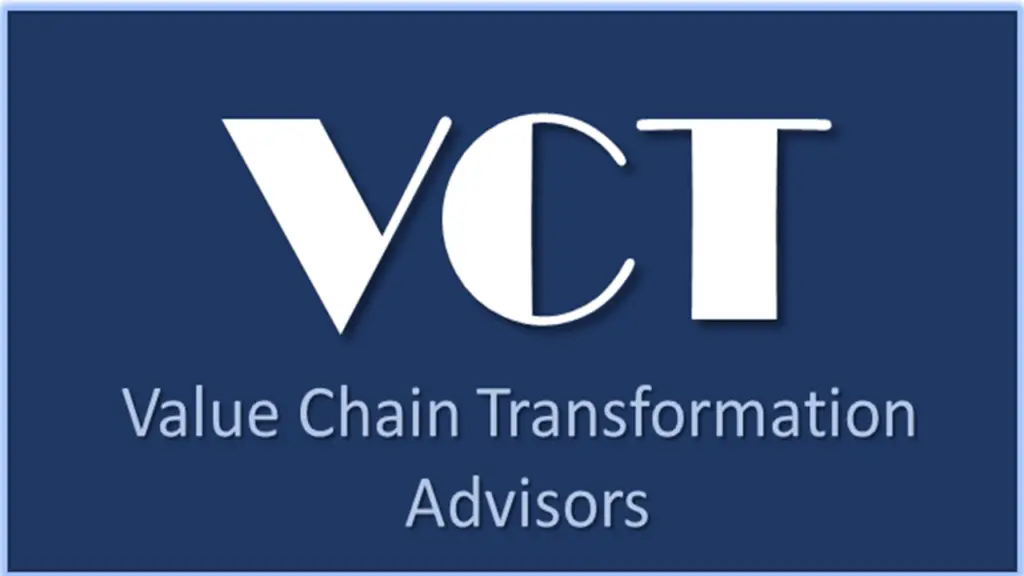
We can all agree, that 2020 and 2021 were years of unprecedented supply chain challenges. From supply shortages to factory shutdowns and port congestion, the detrimental effects of the pandemic resulted in volatility and disruption across supply chains in every industry. Supply chains even became the focus of mainstream news and social media!
So how do you transition your supply chain from survive to thrive in 2022? Check out these three game-changing strategies.
#1: Leverage AI to Change the Game in Supply Chain Planning
Gartner predicts that by 2026, more than 50% of supply chain organizations will use machine learning to augment decision-making capability. GAINS customers are on the leading edge of that trend, already realizing benefits from using AI and machine learning.
Leveraging AI and machine learning, we’re helping customers increase resiliency with more precise demand and supply sensing. For instance, global jewelry manufacturer Stuller used GAINS to navigate supply chain disruptions and emerge stronger.
“When the pandemic hit, we leveraged GAINS, our digital supply chain planning platform, to model a variety of demand patterns – some as much as a 70% decrease. The ability to evaluate multiple scenarios helped us anticipate where capacity, supply and shipping constraints might occur in the weeks and months ahead as we planned for the 2020 holiday season,” said Tiffanie Ortis, executive director, Stuller. “With GAINS, we were able to quickly synchronize our needs with global suppliers as demand momentarily paused and then significantly rebounded.”
#2: Optimize the Inventory Balancing Act
Are you ready to overcome the never-ending inventory balancing act? Not enough inventory and you disappoint customers, too much and you lower profitability. Make 2022 the year of driving improvement from better alignment of supply to the characteristics and requirements of demand.
At GAINS, we help customers gain insights into the tradeoffs of various inventory investment strategies to determine the best approach for raising service levels without increasing inventory costs. In fact, we’ve seen customers cut their inventory by as much as 55% while improving service performance!
We understand that not all inventory is created equal. With GAINS you can use a segmented analysis of demand for a portfolio of products to identify differentiated supply strategies. These strategies empower companies to optimize the value and minimize the risk of inventory. Develop your 2022 plan of attack with Gartner’s report on 5 Leadership Practices for Inventory Excellence to Maximize Performance and Manage Risk.
#3: Get Responsive with Multi-enterprise Visibility
More than ever, 2020 and 2021 showed us that supply chains must be responsive and flexible in order to deal with market fluctuations and unforeseen outside influences. In fact, the disruptions reinforced customer and business expectations for more fluidity in supply chains. Companies realized that Excel and email just aren’t adequate for mission critical information, and change is in the works. According to Gartner, 92% of supply chain leaders expect to adopt new business models within five years.
So how can you mitigate risks due to poor visibility in 2022? The answer centers on collaboration and resource sharing with your trading partners. You need the ability to continuously optimize supply chain plans. By sharing data and synchronizing demand and supply plans across your global network, you gain proactive visibility that enables you to anticipate problems and take corrective actions to prevent issues.
As Lora Cecere shares in her recent article, You Should Be Worried. Supply Chains Are Not OK. Let’s Lock Arms to Drive Change, it’s time to address data latency and move toward real time insights into demand and supply sensing and network performance.
Want to learn more about the key factors taking digital supply chains into the future? CEO of GAINS, Bill Benton recently sat down with Lora Cecere of Supply Chain Insights to discuss the future of supply chain. Check out the interview.



